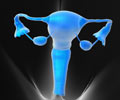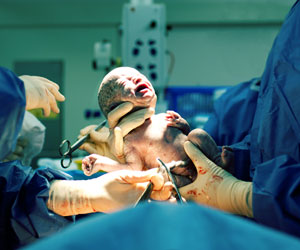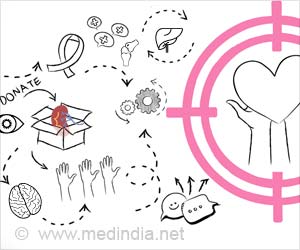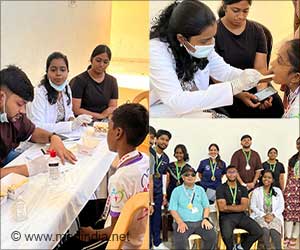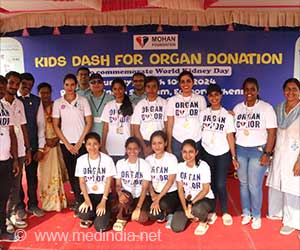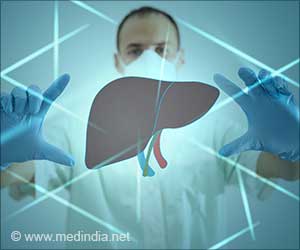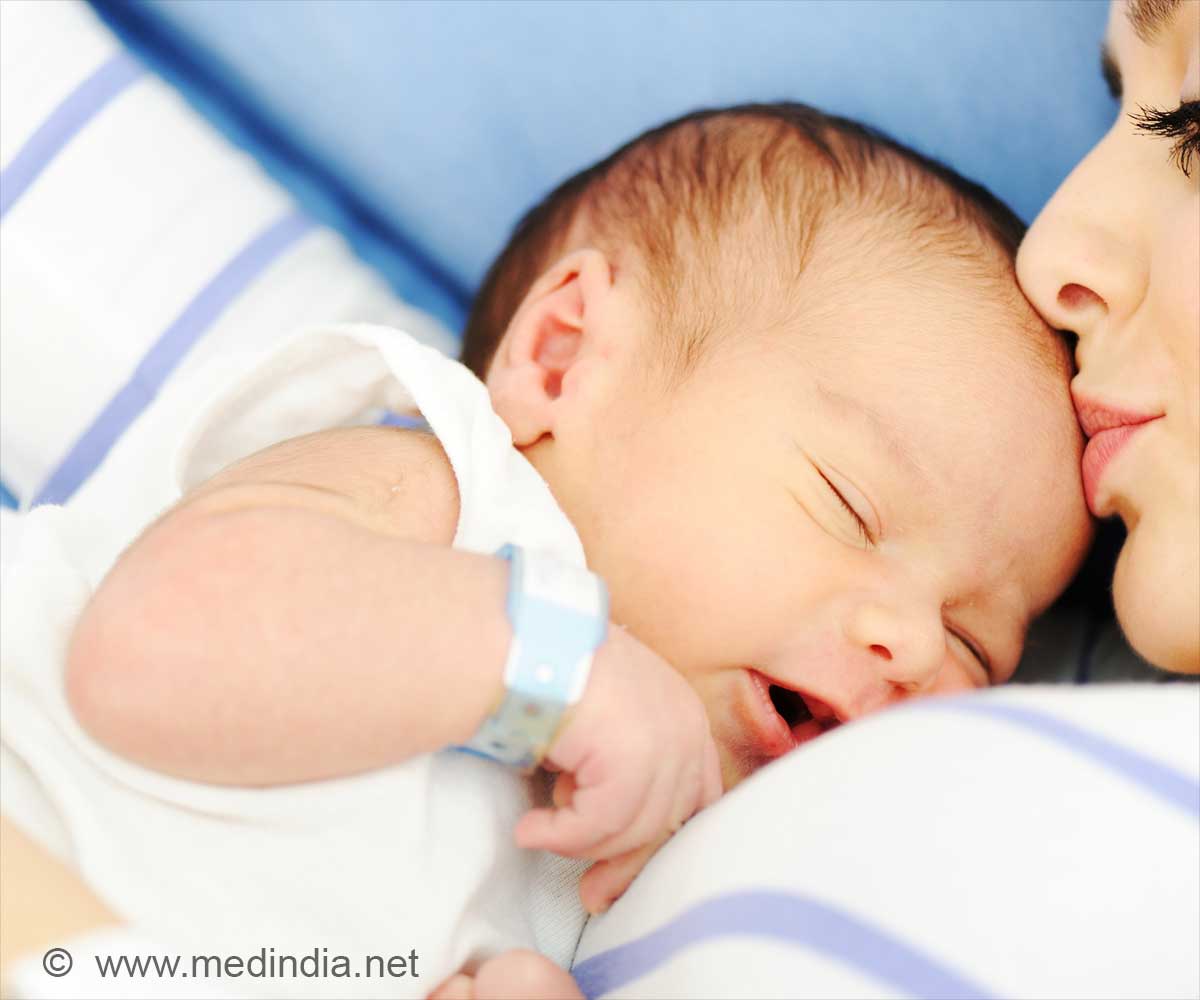
‘Currently, uterus donation is only available for women with family members who are willing to donate. With live donors in short supply, the new technique might help to increase availability and give more women the option of pregnancy.’
Read More..Tweet it Now
The womb transplant, lasting over 10 hours took place in Brazil's Sao Paolo in September 2016. The baby was born in December 2017. Read More..
The uterus was removed from the donor and transplanted into the recipient in a surgery that also involved connecting the donor uterus' and recipient's veins and arteries, ligament, and vaginal canals.
The earlier 10 similar transplants from dead donors attempted in the US, Czech Republic and Turkey failed or resulted in miscarriage. However, for 32-year-old recipient born with Mayer-Rokitansky-Kuster-Hauser (MRKH) syndrome, it proved lucky.
This is the first to result in a live birth, revealed the case study published in The Lancet.
"The use of deceased donors could greatly broaden access to this treatment, and our results provide proof-of-concept for a new option for women with uterine infertility," said lead author Dani Ejzenberg, Hospital das Clinicas, Faculdade de Medicina da Universidade de Sao Paulo.
Advertisement
Since, the recipient's ovaries were fine, she underwent one in-vitro fertilization (IVF) cycle four months before transplant, Ejzenberg said.
Advertisement
The donor had died of subarachnoid hemorrhage, -- a type of stroke involving bleeding on the surface of the brain.
The recipient was given drugs that weakened her immune system to prevent her body from attacking and rejecting the transplant.
Five months after transplantation, the uterus showed no signs of rejection, and the recipient started having periods. After seven months, the fertilized eggs were implanted.
Ten days after implantation, the recipient was confirmed to be pregnant.
The baby girl was born via cesarean section at 35 weeks and three days, and weighed 2.5 kilogram. The transplanted uterus was removed during the cesarean section and showed no anomalies, the study showed.
The study is also the first uterine transplantation in Latin America.
Currently, uterus donation is only available for women with family members who are willing to donate. With live donors in short supply, the new technique might help to increase availability and give more women the option of pregnancy.
The first childbirth following uterine transplantation from living donors occurred in Sweden in September 2013. In total, there have been 39 procedures of this kind, resulting in 11 live births so far.
Source-IANS

